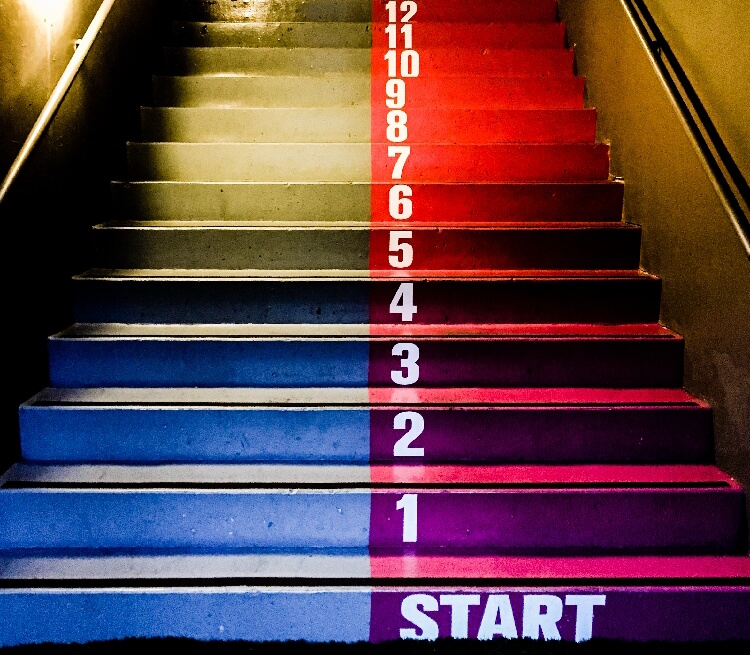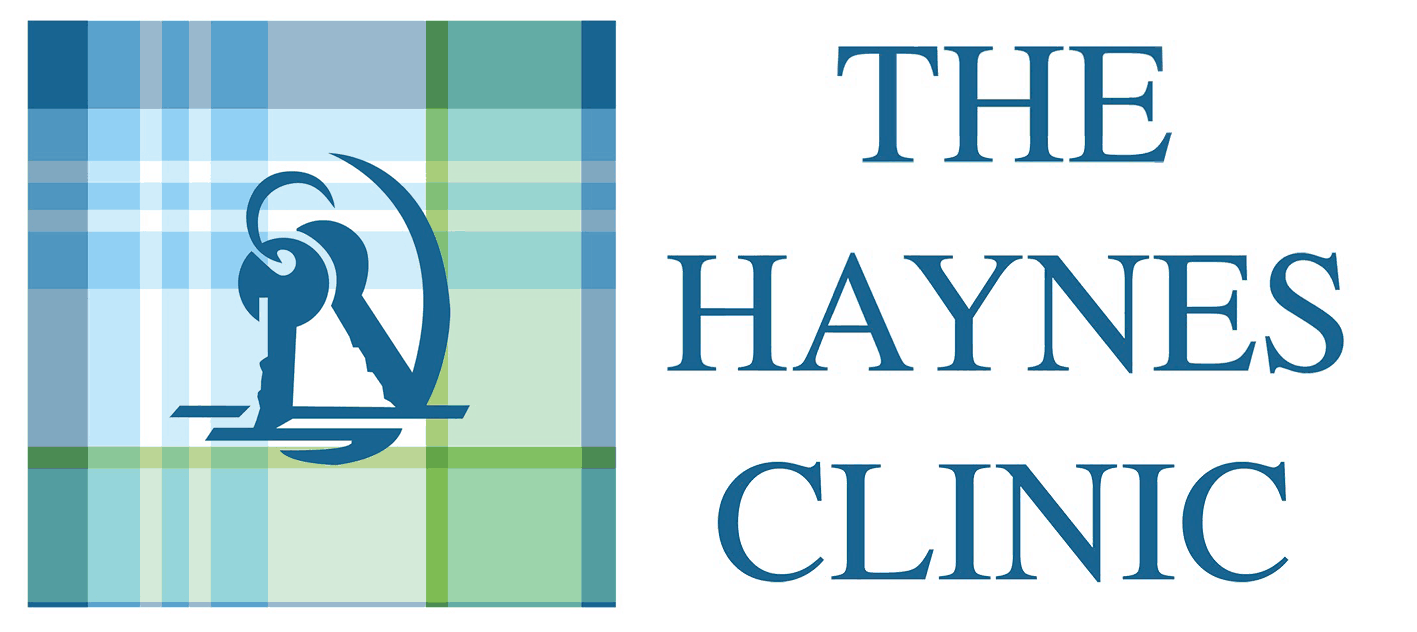When you’re caught in addiction, it can feel like you’re living the same day on repeat. You promise yourself it’ll be the last drink, the last hit, the last time – but somehow you end up back where you started. It’s exhausting and can be difficult to know where to turn.
The 12-step programme was created to break that cycle. Created in the 1930s through Alcoholics Anonymous (AA), it has gone on to help millions of people across the world. Its strength doesn’t just lie in the steps themselves, but in the sense of connection, honesty, and shared support. For some, those principles are anchored in faith or spirituality. For others, they are found in the strength of the group, the love of family, or even the hope of becoming a healthier future self.
That said, it has a false reputation for being related to religion. The language of the original AA 12-step programme includes the phrase ‘Higher Power’, which many wrongly associate with God. However, this phrase simply suggests that recovery becomes more possible when you reach beyond your own willpower and let others in.

Finding meaning in the idea of a ‘Higher Power’
One of the most common hurdles for people considering the 12-step programme is the phrase ‘Higher Power’. It appears in the original wording of the steps, and for anyone who doesn’t identify as religious, it can feel inaccessible.
Yet, Higher Power was never intended as a single belief. When the steps were first written in the 1930s, the language reflected its time, but the meaning is far broader. At its core, it’s simply about recognising that recovery is easier when we draw strength from something beyond our own willpower.
For some, that something is spiritual or faith-based. But for many others, it could be:
- The guidance and honesty of the support group
- The love of family and friends
- The grounding force of nature
- The future version of themselves they’re working towards
The important part isn’t what your Higher Power is; it’s that you don’t have to face addiction alone. By staying open to support, you create space for hope and connection, which in turn builds confidence to make positive changes.
Clearing up other misconceptions of the 12-step programme
For many people, the biggest hurdle to trying the 12-step programme isn’t the steps themselves, but the myths that surround them. These misunderstandings can make recovery feel out of reach before it’s even begun. If you’ve had doubts, you’re not alone. Let’s take a look at what those misconceptions around the step programme really mean.
“It’s outdated and old-fashioned.”
The steps were first written in the 1930s, and at the time, that was a period of looking to religion, but that’s also what makes them so valuable. Few approaches have lasted nearly a century and still help millions of people around the world. The language may sound old-fashioned, but the ideas are timeless. This framework remains as relevant and transformative today as it was then, and can be adapted to any belief system.
“The 12 steps won’t work for someone like me.”
Addiction has a way of convincing us that we’re different and that no one else could possibly understand what we’re going through. One of the most powerful things about the 12-step programme is realising that’s not true. At a meeting, you will see people from every kind of background – religious and non-religious, young and old, people who’ve had success and people who’ve lost almost everything – and they’ve all felt those same doubts. Over and over, people from all backgrounds and reasons for drinking or drug use find strength and hope by using the steps as a framework to set realistic goals and celebrate success.
When you disregard the myths and look at the heart of the AA 12-step programme, it’s a simple structure based on connection, honesty, and growth. While the work of becoming sober is challenging overall, the 12-step programme doesn’t require you to believe in one thing or follow a strict rulebook – only to stay open to support, lean on others when needed, and give yourself the chance to live differently.
Reframing the 12-step programme
If you are ready to start the recovery process but are unconvinced by the language of the 12 steps, here is how they can be approached in practical, non-religious terms:
- Step 1 – Admitting powerlessness: This is about honesty. It’s the moment you stop pretending things are fine and face the reality that life has become unmanageable.
- Step 2 – Belief in something greater: This doesn’t have to mean God. For some, it’s the group, the collective wisdom of those who’ve walked the path before, or even trust in the process itself.
- Step 3 – Letting go of control: Addiction thrives on the illusion that you can manage it alone. This step is about releasing that exhausting burden and allowing yourself support.
- Steps 4–9 – Self-reflection and amends: These are the practical steps where real change begins. They involve looking honestly at your past, accepting any involvement you had, and repairing relationships where possible.
- Steps 10–12 – Growth and service: These steps remind us that recovery is not a finish line but a way of living. Staying honest, grounded, and bonding with others is the best way to stay on track.
The 12-step programme has been trialled and recommended for almost 100 years, not because of its wording, but because of its principles. At its core, it’s about building connection, trustworthiness, and the courage to change things that matter, whether or not you believe in God.
If the phrase ‘Higher Power’ feels uncomfortable, remember that this is your journey, and people in recovery have reinterpreted it in ways that make sense to them. Some see it as the shared strength of the group, a person or an object; others view it as the values they want to live by, or even the healthier future they’re working toward. What matters isn’t belief in a specific faith but recognising that recovery works best when you don’t face it alone.
If you’re ready to begin your journey with the 12 steps, reach out to us today for confidential support and advice.
